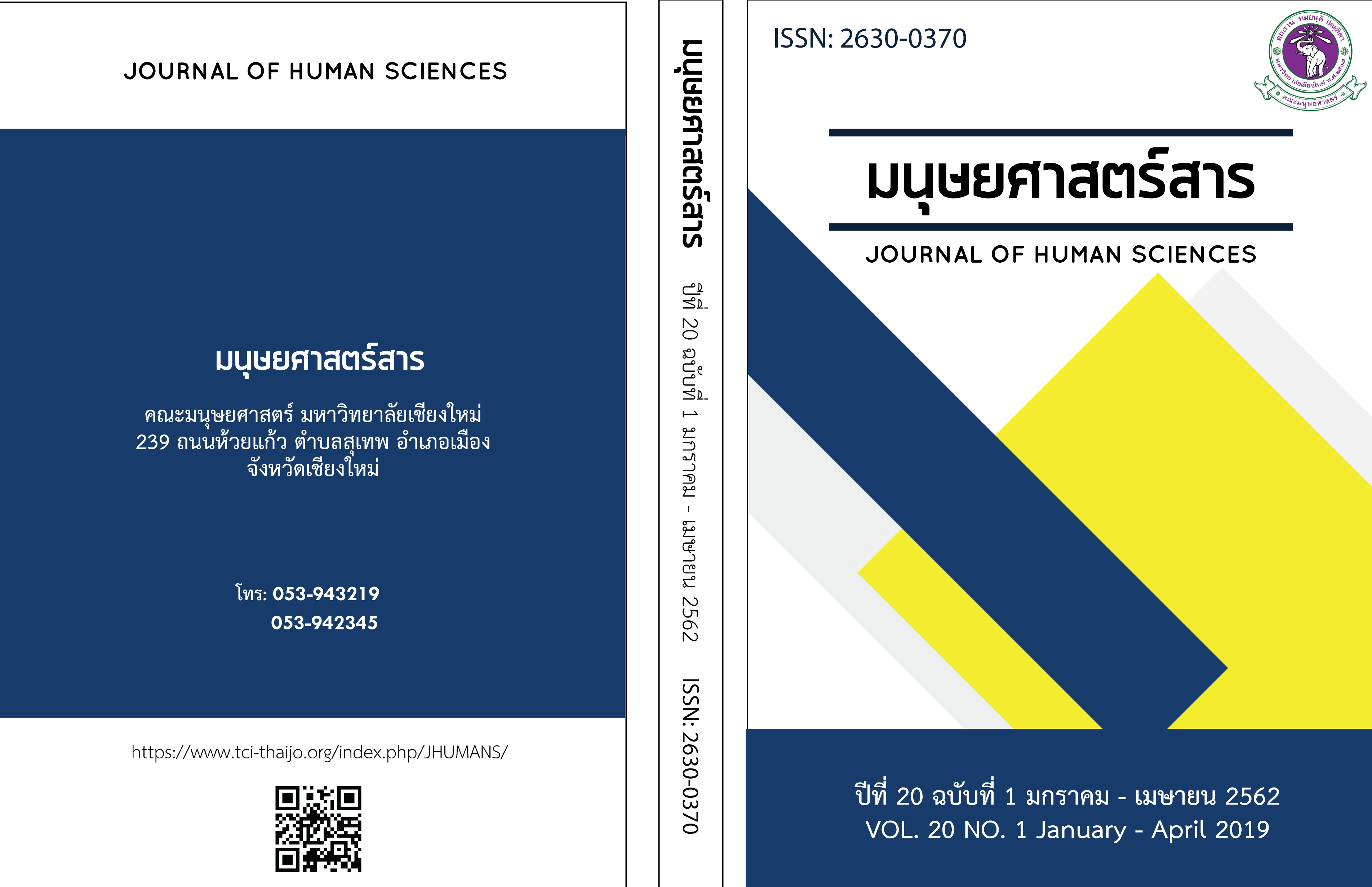การเปลี่ยนแปลงด้านคำศัพท์และความหมายของคำอ้างถึงพระสงฆ์ไทยสมัยสุโขทัย
Main Article Content
บทคัดย่อ
พระสงฆ์เป็นผู้ที่มีบทบาทและสถานภาพพิเศษในสังคมไทยมาตั้งแต่โบราณ จึงมีคำที่ใช้อ้างถึงเป็นพิเศษ บทความวิจัยนี้มีวัตถุประสงค์เพื่อศึกษาการเปลี่ยนแปลงด้านคำศัพท์และความหมายของคำอ้างถึงพระสงฆ์ไทยสมัยสุโขทัยเปรียบเทียบกับปัจจุบัน ศึกษาและเก็บข้อมูลจากจารึกภาษาไทยสมัยสุโขทัยซึ่งตีพิมพ์เผยแพร่เป็นหนังสือหรือเผยแพร่
ทางเว็บไซต์แล้ว จำนวน 41 หลัก โดยใช้กรอบแนวคิดคำอ้างถึงในภาษาไทย และแนวคิดการเปลี่ยนแปลงของภาษา ผลการวิจัยพบว่า คำอ้างถึงพระสงฆ์ไทยในจารึกสุโขทัยปรากฏใช้ทั้งสิ้น 74 คำ ครอบคลุมถ้อยคำหรือรูปภาษาที่หลากหลาย เมื่อเปรียบเทียบกับปัจจุบันคำอ้างถึงพระสงฆ์ไทยสมัยสุโขทัยมีการเปลี่ยนแปลงด้านคำศัพท์ คือ การสูญศัพท์
แบ่งออกเป็น 2 ประเภท คือ 1) สูญศัพท์โดยสิ้นเชิง และ 2) สูญศัพท์บางส่วน ได้แก่ 2.1) สูญศัพท์ในบริบทพระสงฆ์ แต่ยังปรากฏใช้ในบริบททั่วไป 2.2) สูญศัพท์ในภาษาไทยกรุงเทพ ฯ แต่ยังปรากฏใช้ในภาษาถิ่น และ 2.3) สูญศัพท์ในบริบททั่วไป แต่ยังปรากฏใช้ในบริบทเฉพาะ การเปลี่ยนแปลงด้านความหมาย พบว่า คำอ้างถึงพระสงฆ์ไทยสมัยสุโขทัยมีการเปลี่ยนแปลงความหมาย 5 ลักษณะ ได้แก่ 1) ความหมายแคบเข้า 2) ความหมายกว้างออก 3) ความหมายย้ายที่ 4) ความหมายดีขึ้น และ 5) ความหมายเลวลง


